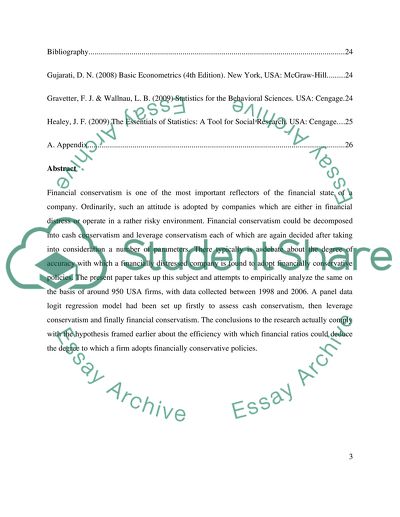Cite this document
(“Investigate whether Financial Conservative Policies Depend on Dissertation”, n.d.)
Retrieved from https://studentshare.org/other/1425722-investigate-whether-financial-conservative
Retrieved from https://studentshare.org/other/1425722-investigate-whether-financial-conservative
(Investigate Whether Financial Conservative Policies Depend on Dissertation)
https://studentshare.org/other/1425722-investigate-whether-financial-conservative.
https://studentshare.org/other/1425722-investigate-whether-financial-conservative.
“Investigate Whether Financial Conservative Policies Depend on Dissertation”, n.d. https://studentshare.org/other/1425722-investigate-whether-financial-conservative.


